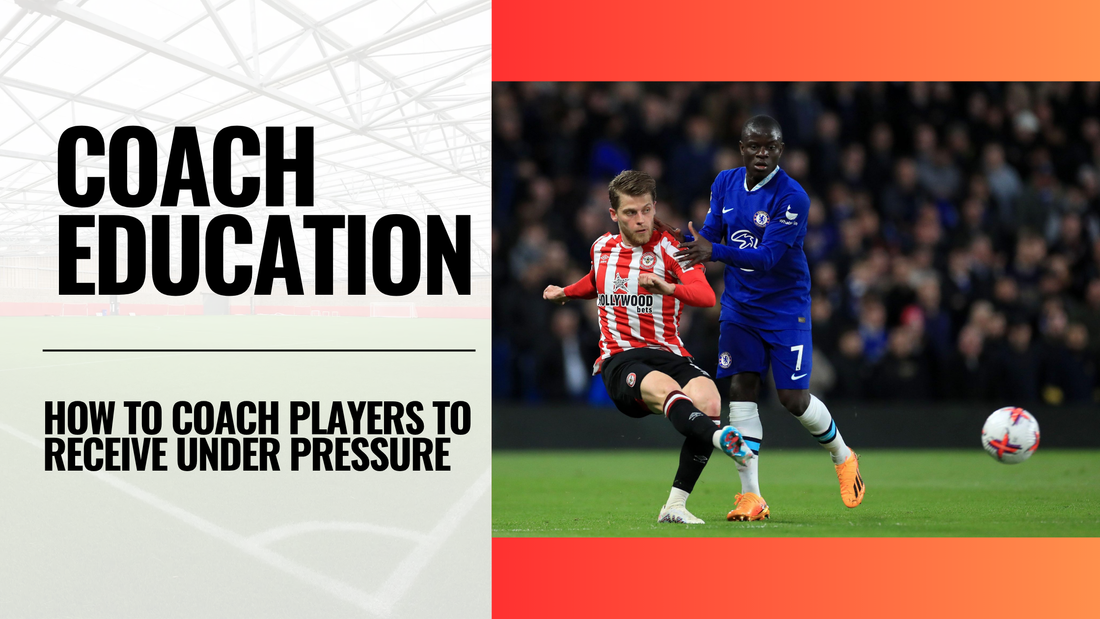
How to Coach Players to Receive Under Pressure
Share
Receiving under pressure is one of the most important skills in the modern game. With teams pressing high and aggressively, players must be able to control, protect and move the ball in tight spaces. Whether it’s a central midfielder receiving with players on their back or a full-back collecting under pressure from a wide forward, mastering this skill allows teams to play through the press and control possession.
This article explores the core principles coaches should emphasise when developing players to receive under pressure.
👀 Scanning: See Before You Receive
The foundation of receiving under pressure is scanning. Players must build a picture of their surroundings before the ball arrives – where is the pressure coming from? Are there teammates or space they can play into?
Coaching Tips:
- Encourage scanning as the ball travels to the passer and again just before receiving.
- Use constraints in training like "must scan before receiving" or "must call a colour from a cone nearby" to reinforce the habit.
- Use rondos and positional games to reward players who turn or play forward after scanning.
Why it matters: Players who scan are more composed, make better decisions, and are harder to press effectively.
🛡️ Body Shape: Position to Protect or Play Forward
Body shape can determine whether a player absorbs pressure or beats it.
There are two primary receiving shapes:
- Square-on (facing the passer): Useful when shielding from close pressure or when a bounce pass is the safest option.
- Side-on (open body): Allows for quick turns and opens up multiple passing or dribbling options.
Coaching Tips:
- Encourage players to receive on the half-turn when space allows.
- In tight areas, teach players how to use their arms and body positioning to shield the ball effectively.
- Practice receiving with passive and live pressure so players can feel and adjust to different angles.
Why it matters: The right body shape helps players protect the ball or exploit space depending on the situation.
🦶 First Touch: Control the Pressure
A player’s first touch is often the difference between success and a turnover. The first touch should:
- Move the ball away from pressure
- Set up the next action (pass, dribble or turn)
- Be unpredictable to the defender
Players should learn to take:
- Directional touches to beat pressing players
- Cushioned touches to stay tight to the ball in congested areas
- Strong touches into space when the press is poorly timed
Coaching Tips:
- Run 1v1 receiving drills with pressure coming from various angles.
- Set challenges such as "take your first touch into space and play forward in two touches."
- Use mannequins or passive defenders to simulate receiving with pressure on the back.
Why it matters: A quality first touch can eliminate pressure and break the press in one movement.
🧠 Bounce Pass or Turn: Decision-Making Under Pressure
Receiving players often face a choice:
- Bounce pass (one-touch lay-off) when pressure is tight or risk is high
- Turn when there's space behind the defender or a poor pressing angle
Bounce passes are smart when:
- Losing the ball would lead to a dangerous counter-attack
- Drawing the press can create space for another teammate
- The player is physically outmatched or receiving square-on
Turning is best when:
- The player has scanned and knows there’s space behind
- The team needs to break the final line of the press
- The player is strong 1v1 and can escape their marker
Coaching Tips:
- Design sessions that reward bounce passes when under pressure but also provide opportunities to turn.
- Use game scenarios such as "If player A can turn and break pressure, extra goal points awarded."
- Reinforce good decision-making, not just successful execution.
Why it matters: Reading the situation correctly leads to more intelligent and secure possession.
⚽️ Drill: When to Turn vs When to Bounce Pass
Setup:
- Mark a 30x20-yard area divided into thirds.
- Position 2 players in each third.
- Include 1 active opponent in the central third.
Activity:
- Play begins with a pass into the central third from an outside player.
- Receivers must scan for space to decide whether to turn or play a bounce pass back to the passer.
- If the receiver turns, they look to play a forward pass into the opposite third.
- If under pressure, the receiver plays a bounce pass back to the passer to recycle possession.
- Opponents in the central third apply light pressure, increasing intensity gradually.
- Rotate roles every few minutes to ensure all players practise receiving and passing.
- The objective is to teach decision-making when receiving under varying pressure.
- Reset play if opponents intercept or the ball exits the grid.

Coaching Points:
- Reinforce scanning to assess space before receiving the ball.
- Encourage receivers to keep their body open to multiple options.
- Highlight quick decision-making to avoid turnovers.
- Teach players to recognise when the press is light enough to turn.
- Emphasise communication to coordinate movements with teammates.
💭 Final Thoughts
Coaching players to receive under pressure is not just about technical ability – it’s about awareness, decision-making and confidence. Players who can receive and play out of pressure give their team a huge tactical advantage, especially in midfield zones and deeper build-up phases.
By focusing on scanning, body shape, first touch and decision-making, you can help your players develop the tools to stay calm and effective under pressure – even in the tightest spaces.

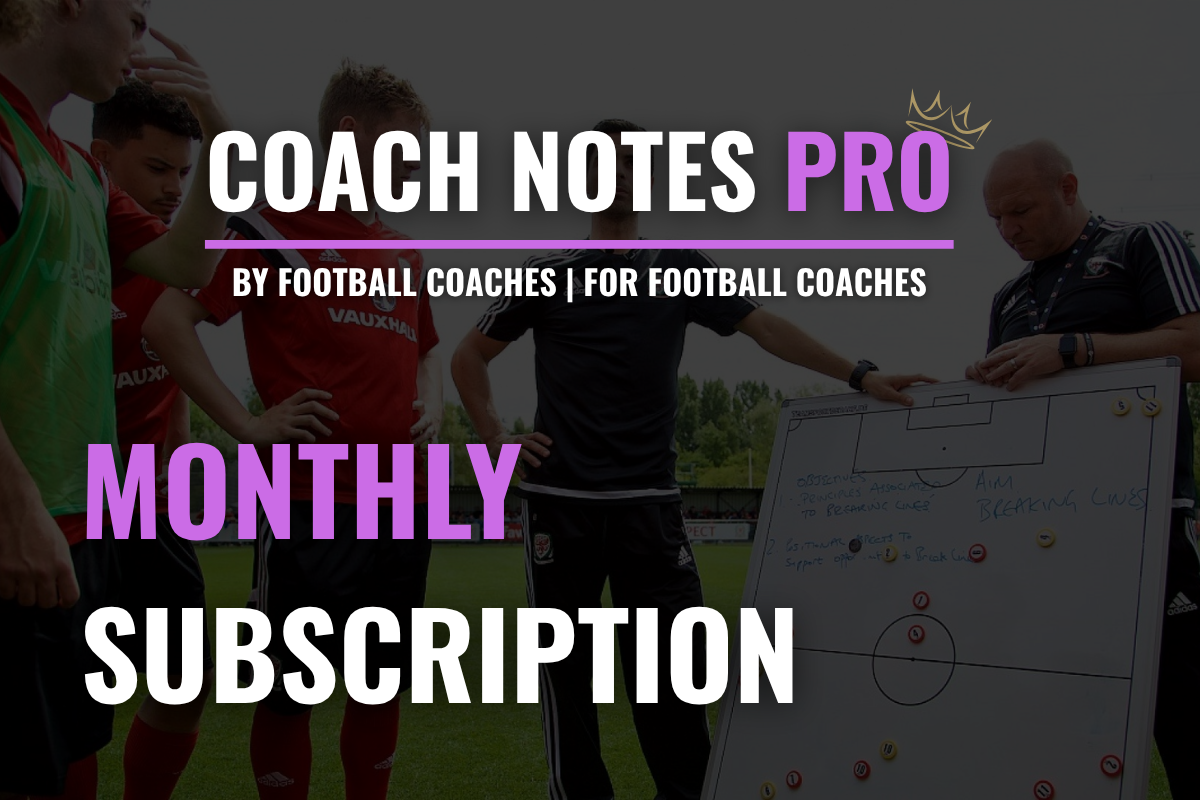
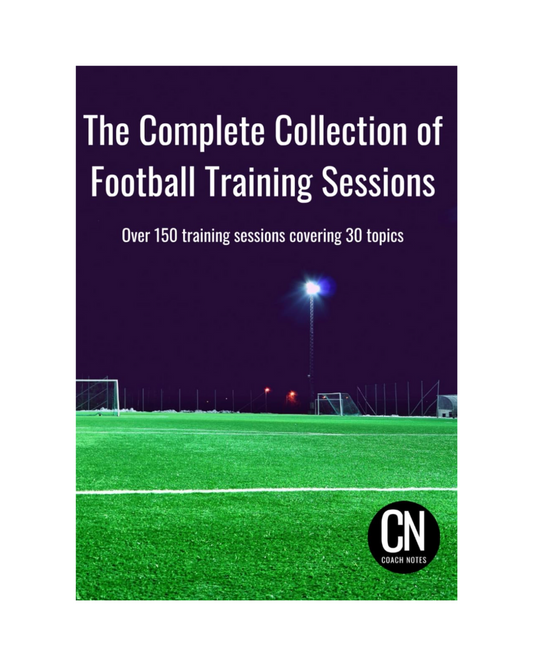
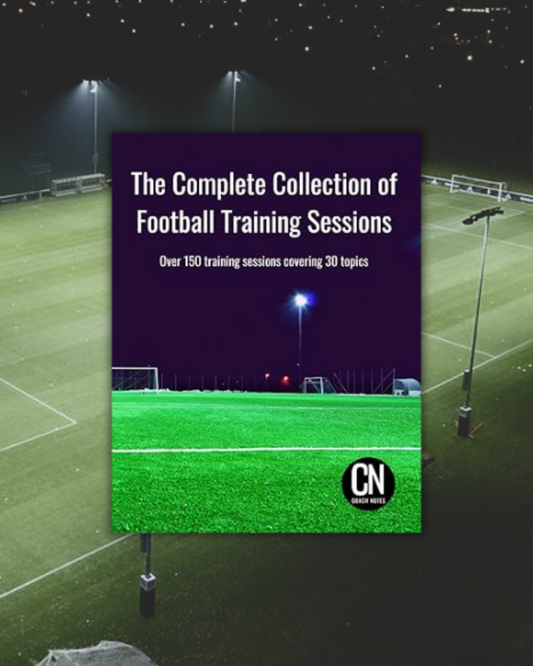
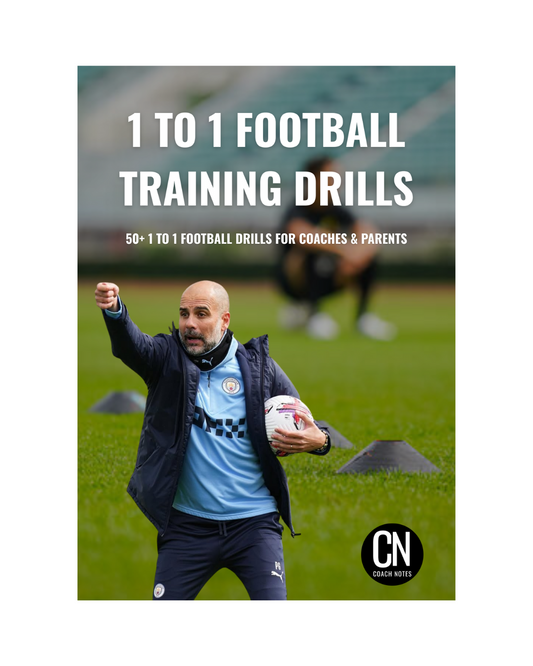
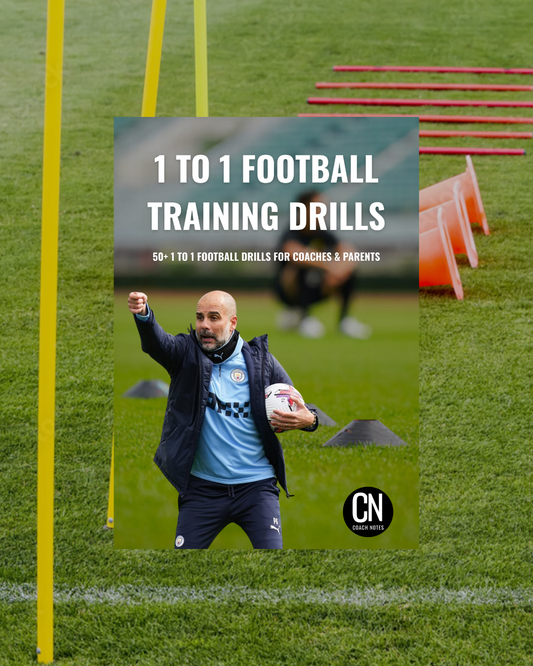
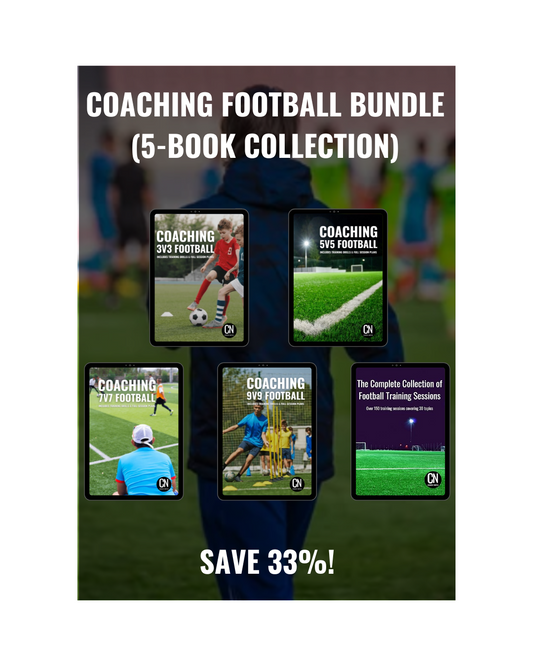
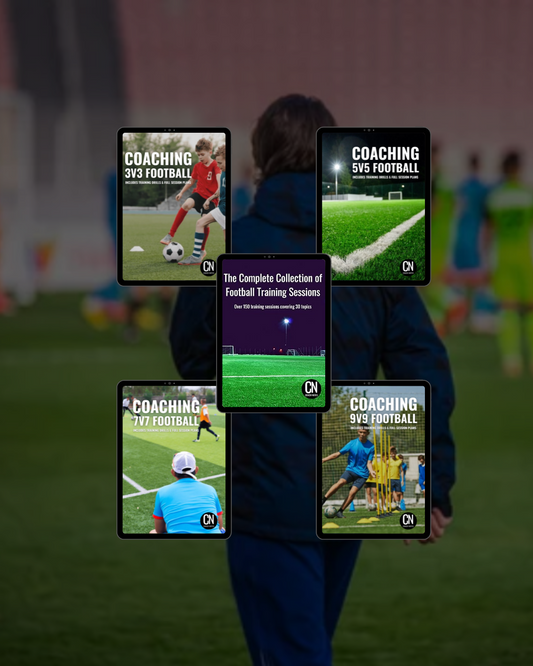
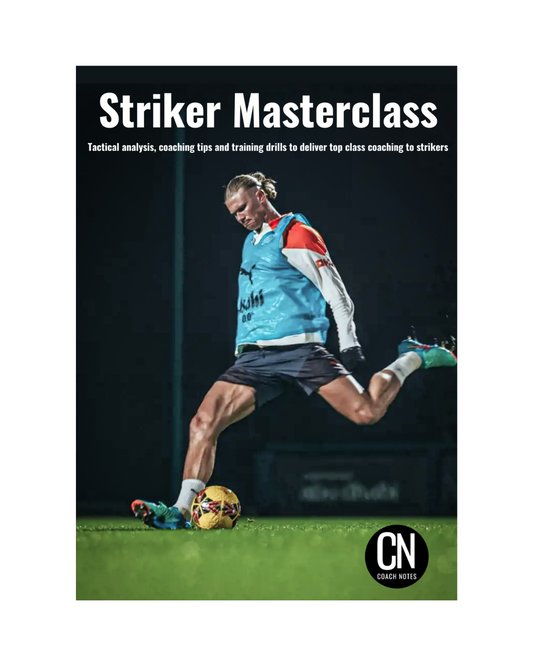
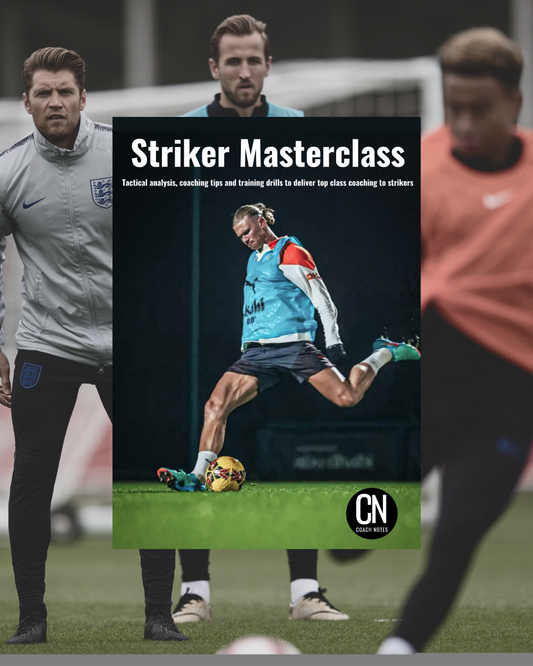
2 comments
Please share this file
Scientific material